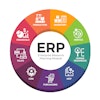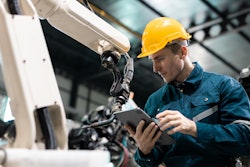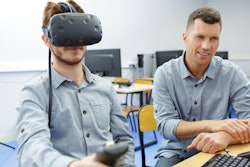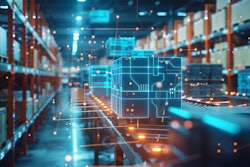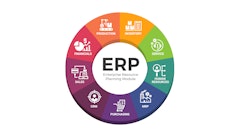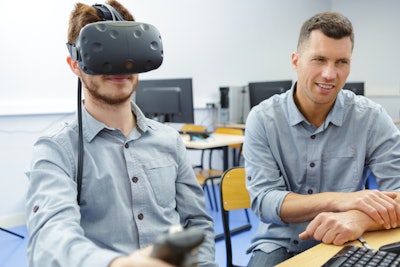
The global industrial landscape is becoming rapidly modernized in recent years, with a demand for highly and relevantly skilled workforce on the rise. The growing gap between the industry requirement of skills and what the workforce is expected to result in 2.1 million manufacturing jobs going unfilled by 2030.
An experienced and well-trained workforce is fundamental to an effective supply chain. Any shortcomings in workforce skills results in vulnerabilities leading to rejections, rework, and reduced customer satisfaction at the very least, and in more severe cases, safety concerns or incidents.
There are many areas or skills that cannot be fully automated and where human intervention will always be required. Workforce development in these aspects is a key focus for industries. The critical question to be addressed is, “How can tech be utilized to make employees more efficient?” The focus needs to be shifted from tech vs. employees to tech for employees.
Modern technologies like virtual reality (VR) and mixed reality can be very effective in scaling up training and workforce development, especially for critical areas where both the cost of mistakes and cost of training is very high. Such technologies as a means of delivering learning are also finding a lot of favor among employees, with immersive VR making it more engaging and resulting in better retention outcomes.
In skillsets like welding or spray painting where precision is critical, conventional training often cannot provide an accurate evaluation, with visual inspection only providing a “good job/bad job” assessment. Technology-driven learning makes it possible to precisely evaluate the skill levels of trainees or employees at each stage of their practice, across multiple parameters. Every hand movement of the learner can be tracked and analyzed to deliver reports on how various aspects of their performance affects the quality of the output, as well as identify specific pain points and areas for improvement.
This not just enables more focused and personalized learning based on each employee’s needs, but also makes it possible for employers to map the skills acquired with the various job requirements, and deploy them on tasks most suited to their skillsets or skill levels.
Industries also face multiple other challenges in providing training to their employees using conventional methods, aside from incremental costs, which quickly add up with practice. There are safety issues involved, limitations in replicating real world scenarios, and the time involved in training.
Technology can address all these issues and more, bridging the gap between industry needs and employee capabilities. Use of VR-based technologies practically eliminates material costs involved in training, giving employees unlimited practice until they perfect their skills, at no extra costs. Manufacturing industries that train for skills like welding or spray painting using VR/MR simulators see a huge cost savings in materials like metal, gases, wires, automotive paint, etc. within a matter of days, with the added advantage of no wastage or discarded materials during repetitive training.
With simulation technologies like VR, industries can replicate complex or custom scenarios and ensure their employees are equipped to handle the situations they would face on the actual shop floors or on the job site, without any of the costs or risk involved. It also opens up the possibility to integrate with real-world industry-grade tools and allow workers of all levels to practice safely with confidence.
Modern technology has made training flexible and scalable, so that it can be designed to fit the needs of any organizational size. Huge capital expenditures in setting up elaborate and permanent training centers can now be drastically reduced, with mobile, portable training equipment capable of taking the training directly to where the employees are located, enabling them to train at a time, place, and pace which offers minimal disruption to their work schedules.
With the scope of AI inevitably touching every domain, it can also be integrated with the VR/MR training systems and used to assess the quality of real-world output over time and communicate that data back into the training module. This can further enhance the quality and focus of the training, fine tuning it based on post-training real-world performance. In addition, AI’s predictive capabilities can be used by industries to assess the workforce and timeline requirements for potential new product lines etc. and make informed decisions on upskilling or reskilling plans for current employees.
By leveraging technology for the benefit of employees, it becomes possible to create a learning paradigm in which employees are not just trained efficiently, but are also eager and enthusiastic to learn. With industries facing challenges in recruiting and retaining workers, a modern workplace that deploys state-of-the-art technology to upskill and equip employees will also be seen as aspirational. It thus becomes imperative for industries to embrace technology as a part of their employee development initiatives, seeing it as a long-term investment to build and strengthen a robust workforce that will be ready to take on the challenges of the future.

